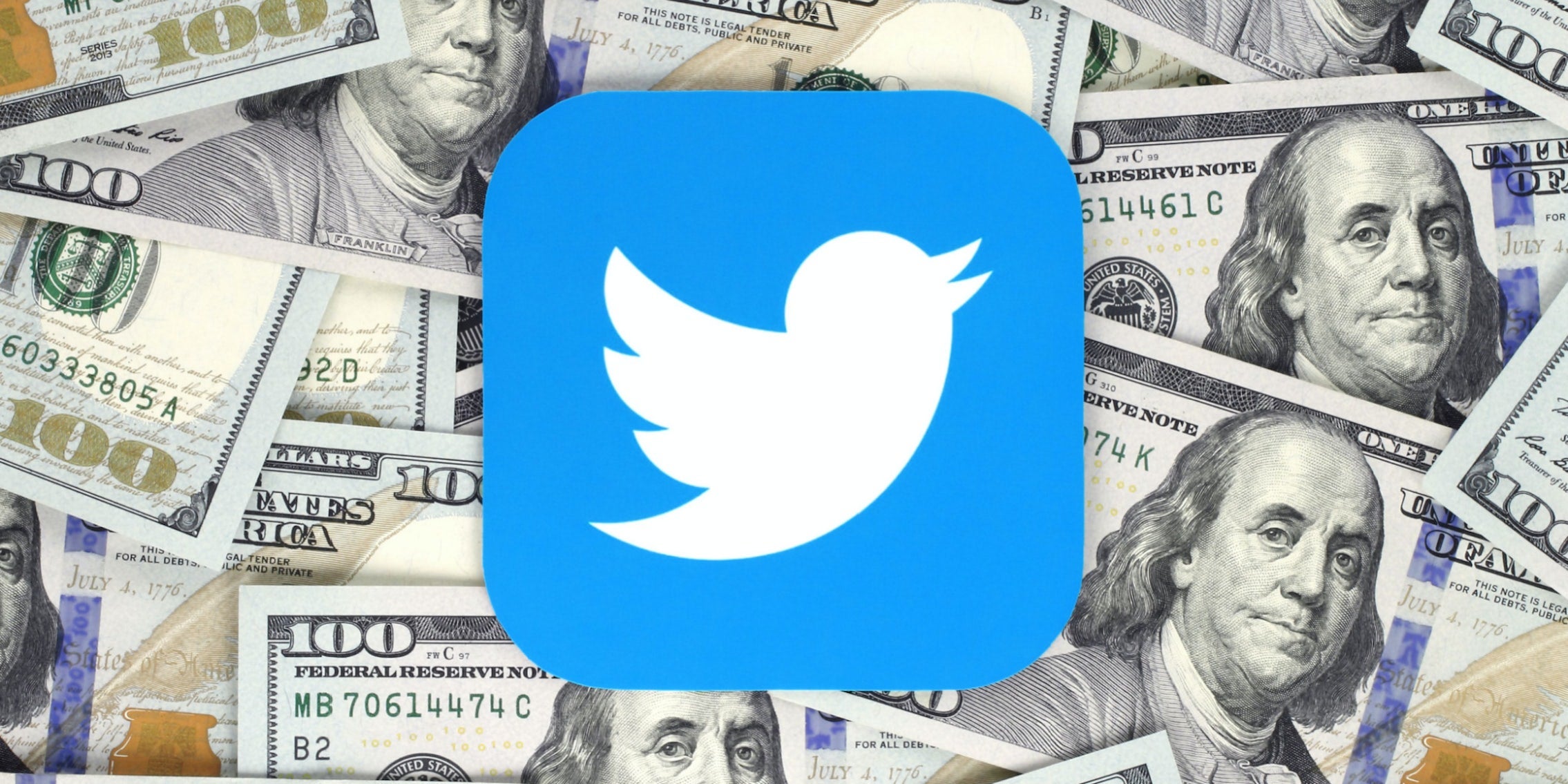
Twitter CEO Elon Musk announced on Feb. 3, 2023, the company would begin sharing ad revenue with creators paying for Twitter Blue, sparking a debate over the weekend among creators both skeptical and optimistic about this latest development in monetization.
In a tweet, Musk stated, “Starting today, Twitter will share ad revenue with creators for ads that appear in their reply threads.” He also added a follow-up post with a caveat: “To be eligible, the account must be a subscriber to Twitter Blue Verified.” Twitter Blue subscribers must pay $8 on the web and $11 on an iOS device, according to Twitter’s website.
In typical Musk fashion, this announcement brings more confusion than clarity. Not only has Twitter not shared how creators will be paid, but it also didn’t explain what percentage creators and Twitter would be splitting. In addition, creators are left wondering whether revenue share will be based on likes, retweets, views, or another metric. There’s a lot of murkiness that needs to be clarified before creators can decide whether or not this is a good thing.
Creators are sharing their impressions of this announcement, with some focusing on potential positives. Jimmy Donaldson (@MrBeast), YouTube’s most-followed user, tweeted in enthusiasm over the news, saying, “Twitter is now sharing revenue below tweets with creators… never been a better time to get into making content!”
Podcaster Lex Fridman (@LexFridman) also tweeted his optimism, saying, “This is huge. Hopefully this encourages more great content not more divisive drama.”
Twitter has been criticized for being the only major social media platform that doesn’t pay creators for advertising views and engagement generated by their content. Meta, TikTok, and YouTube all offer some kind of ad revenue share monetization program for creators.
While Twitter creators are able to monetize the platform via a tip jar feature, Tips, and a subscriber-only content feature, Super Follows, revenue sharing is brand new.
Over the weekend of the announcement, many users criticized Twitter for making creators pay to buy into the new monetization program. Technology journalist Taylor Lorenz (@TaylorLorenz) tweeted, “Gotta spend money to make money apparently.” Popular band and Twitter account Eve 6 (@Eve6) echoed that sentiment, saying in a tweet, “I don’t have an econ degree but typically when people say if you give me money I’ll give you money it’s a scam.”
As previously covered by Passionfruit, the launch of the subscription product Twitter Blue caused confusion and division on the platform. When Musk purchased Twitter for $44 billion in October 2022, he overhauled the “blue checkmark” system which offered identity verification for notable creators, public figures, celebrities, and brands. Twitter Blue now offers “gold” checkmarks for paying subscribers, who can then apply for blue checkmarks to verify their identities. Initially in the chaos of the transition, many parody accounts popped up showcasing false verification marks due to a lack of oversight on the new verification system.
While many people who were given blue checkmarks prior to Musk’s takeover still hold onto their verification status, it appears it won’t be that way for long. In a post under his latest tweet about ad revenue sharing, Musk added, “Twitter’s legacy Blue Verified is unfortunately deeply corrupted, so will sunset in a few months.”
In addition to verification, Twitter Blue also offers priority ranking for subscribers’ tweets, the ability to edit tweets and upload longer videos, and other perks. However, this all depends on who wants to pay for the program.
Photographer Nate Igor Smith also brought up a good point about Twitter’s functionality (or dysfunctionality): “I mean that’s cool but have you considered using that money to pay employees to make the site work?”
Of course, Smith is referring to widespread criticisms among all Twitter users, both with larger platforms and small, that the site just doesn’t work like it used to. Users are complaining that they aren’t able to enjoy the same engagement that they did in the past, as well as feeling confused about how the new algorithmically-driven “For You” feed on Twitter works.
As previously covered by Passionfruit, many Twitter users, like notable creators Hank and John Green, announced they abandoned the platform after Musk’s takeover. Some users said they were heading to other platforms like Mastodon and Hive Social.
Musk is notoriously fickle and has a history of making policy changes and then backtracking based on user “feedback.” In fact, Twitter is supposed to revoke free access to the platform’s API on Feb. 9, according to the Verge, but there are already some changes that Musk is making to this policy.
For example, Musk initially tweeted, “Yeah, free API is being abused badly right now by bot scammers & opinion manipulators. There’s no verification process or cost, so easy to spin up 100k bots to do bad things. Just ~$100/month for API access with ID verification will clean things up greatly.” After users responded with backlash due to many fun accounts being driven by bots, he later amended that tweet by writing, “Responding to feedback, Twitter will enable a light, write-only API for bots providing good content that is free.” So basically, if you’re a bot that generates good content, you can use Twitter’s API for free. But what is good content? Who decides, and how?
All of this makes for a challenging user experience, especially for creators who are hoping to cash in on their content. Will the new ad revenue-sharing policy be any different? It’s a mystery.
Passionfruit reached out to Twitter for comment via email.




